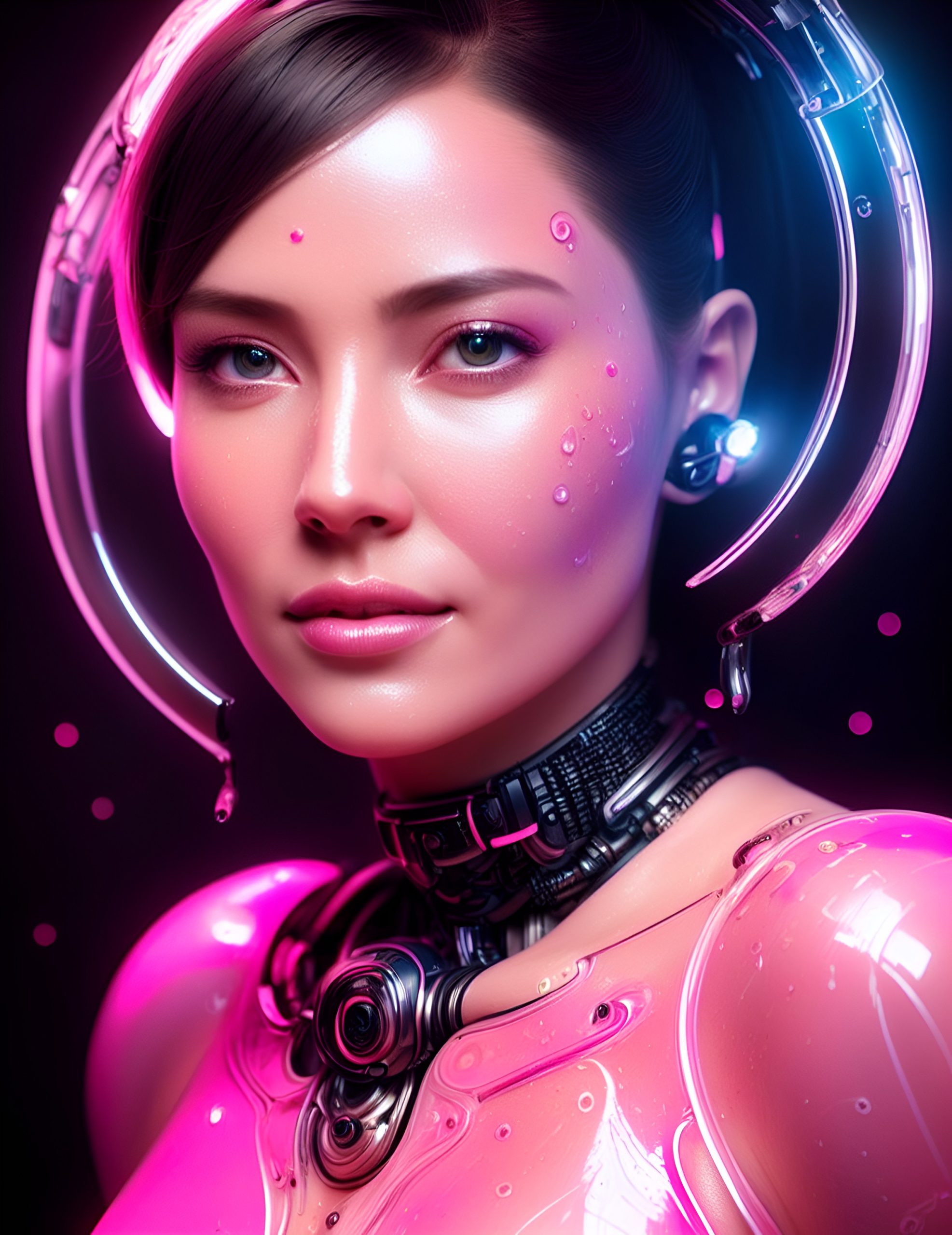Art has long been associated with perfection and beauty, but what about art that embraces the flawed and imperfect? In a world that often values perfection above all else, it can be easy to overlook the beauty in imperfection.
The negative prompt for this blog post includes words like “deformed,” “ugly,” and “bad anatomy.” However, what if we were to view these so-called flaws as unique and intriguing characteristics that make a piece of art stand out? After all, some of the most famous artists in history were known for their unconventional styles and techniques.
Take, for example, the surrealist painter Salvador Dali. His works often featured distorted figures and surreal landscapes that challenged the viewer’s perceptions of reality. While some might see these as flaws or imperfections, they were intentional choices made by the artist to create a specific effect.




Similarly, the abstract expressionist artist Jackson Pollock was known for his drip paintings, which often had splatters and drips in seemingly random patterns. While some might view these as messy or chaotic, they were deliberate choices made by the artist to create a sense of energy and movement in his work.
In recent years, there has been a growing appreciation for art that embraces imperfection. From “wabi-sabi” in Japanese aesthetics, which celebrates the beauty in impermanence and imperfection, to the trend of “ugly” fashion, which values unconventional and unexpected styles, imperfection has become something to be celebrated rather than hidden.
So, the next time you come across a piece of art that doesn’t conform to traditional notions of beauty and perfection, take a moment to appreciate its unique characteristics. You might just discover a new perspective on what makes art truly beautiful.


Leave a Reply
You must be logged in to post a comment.